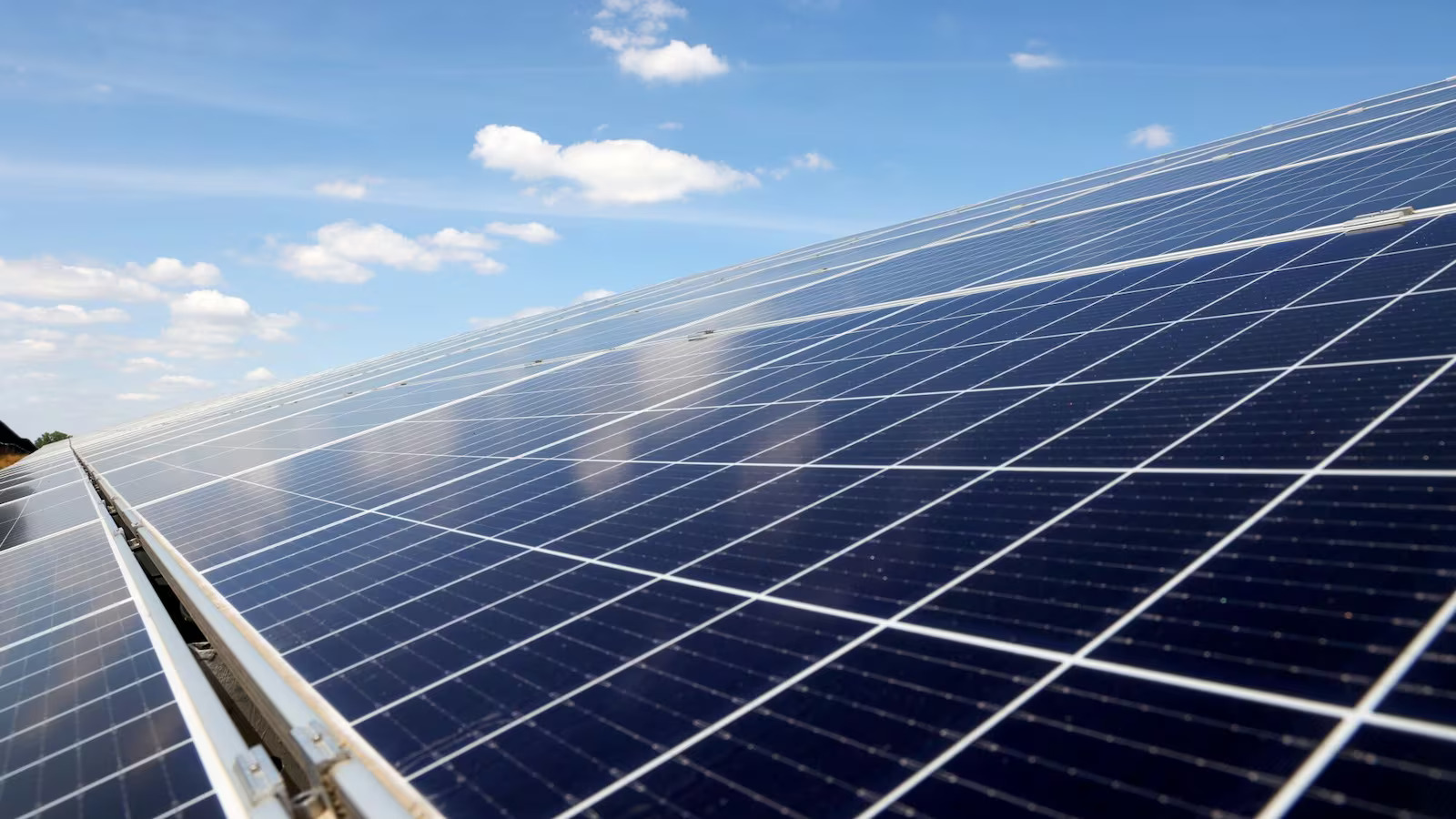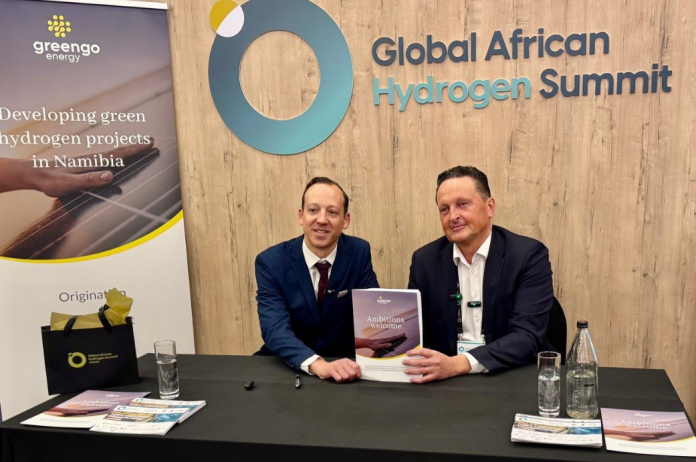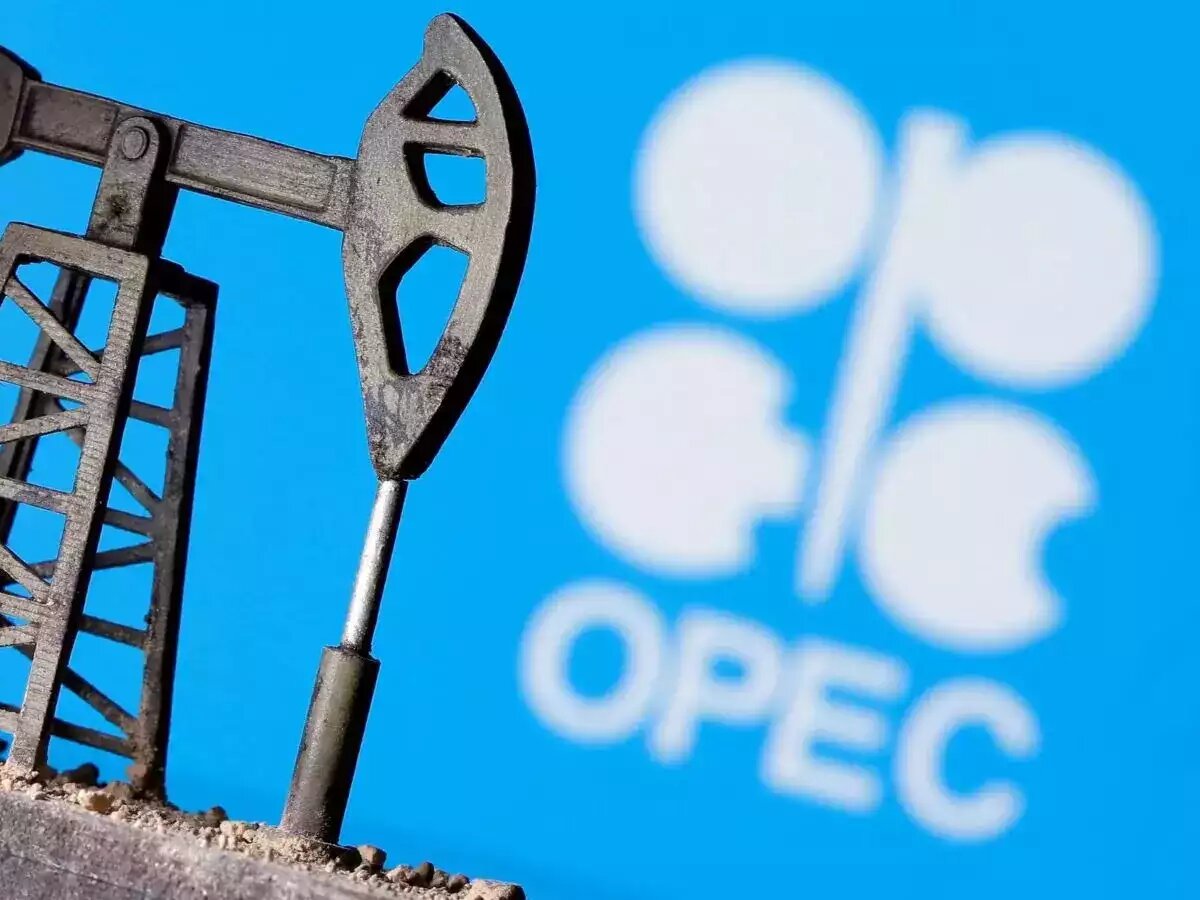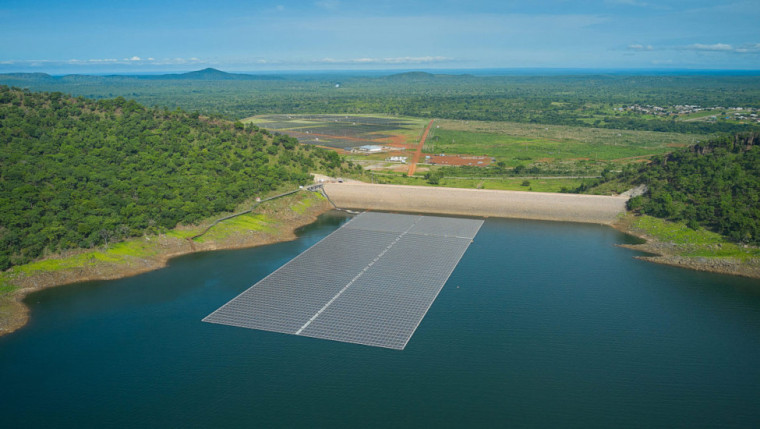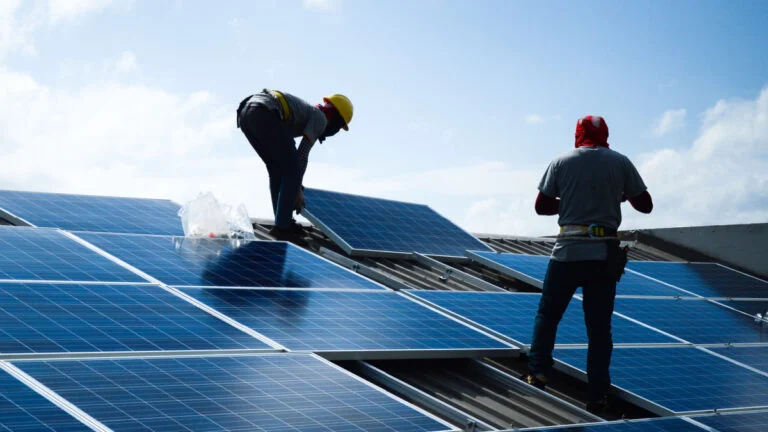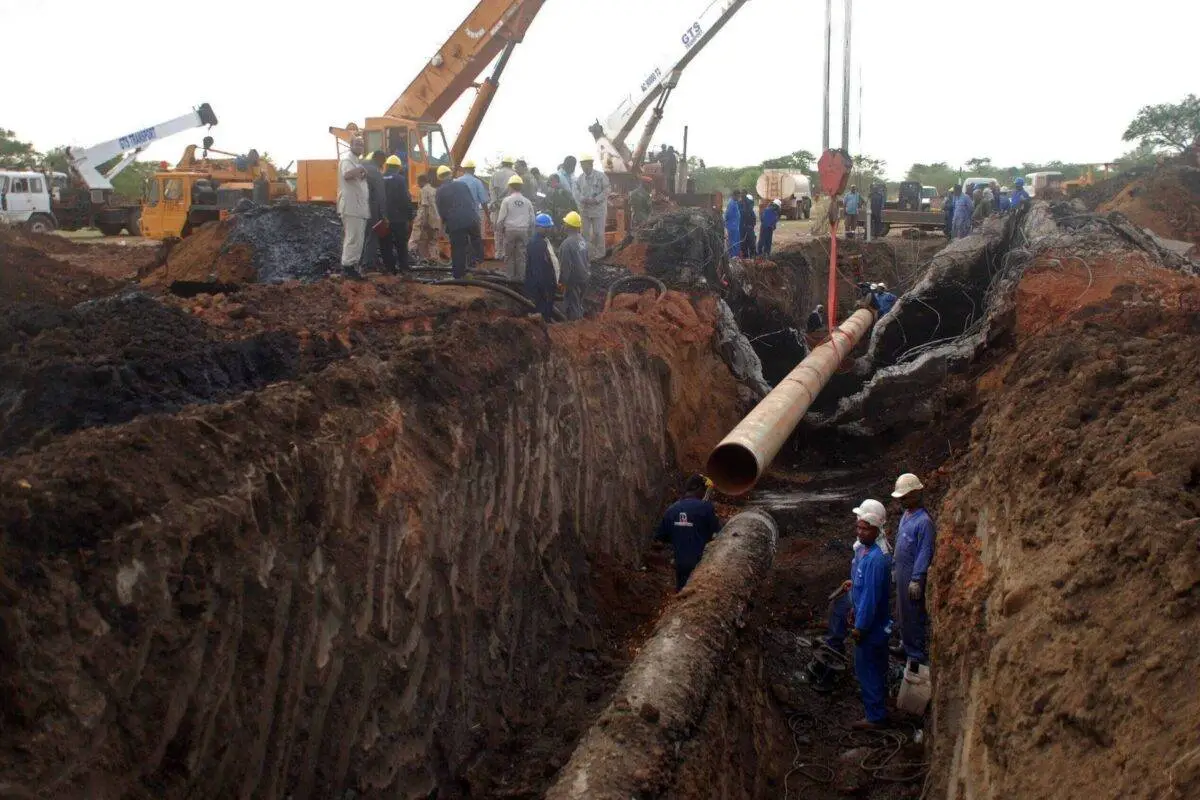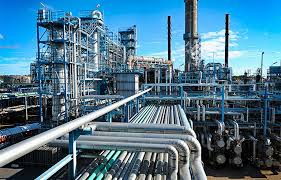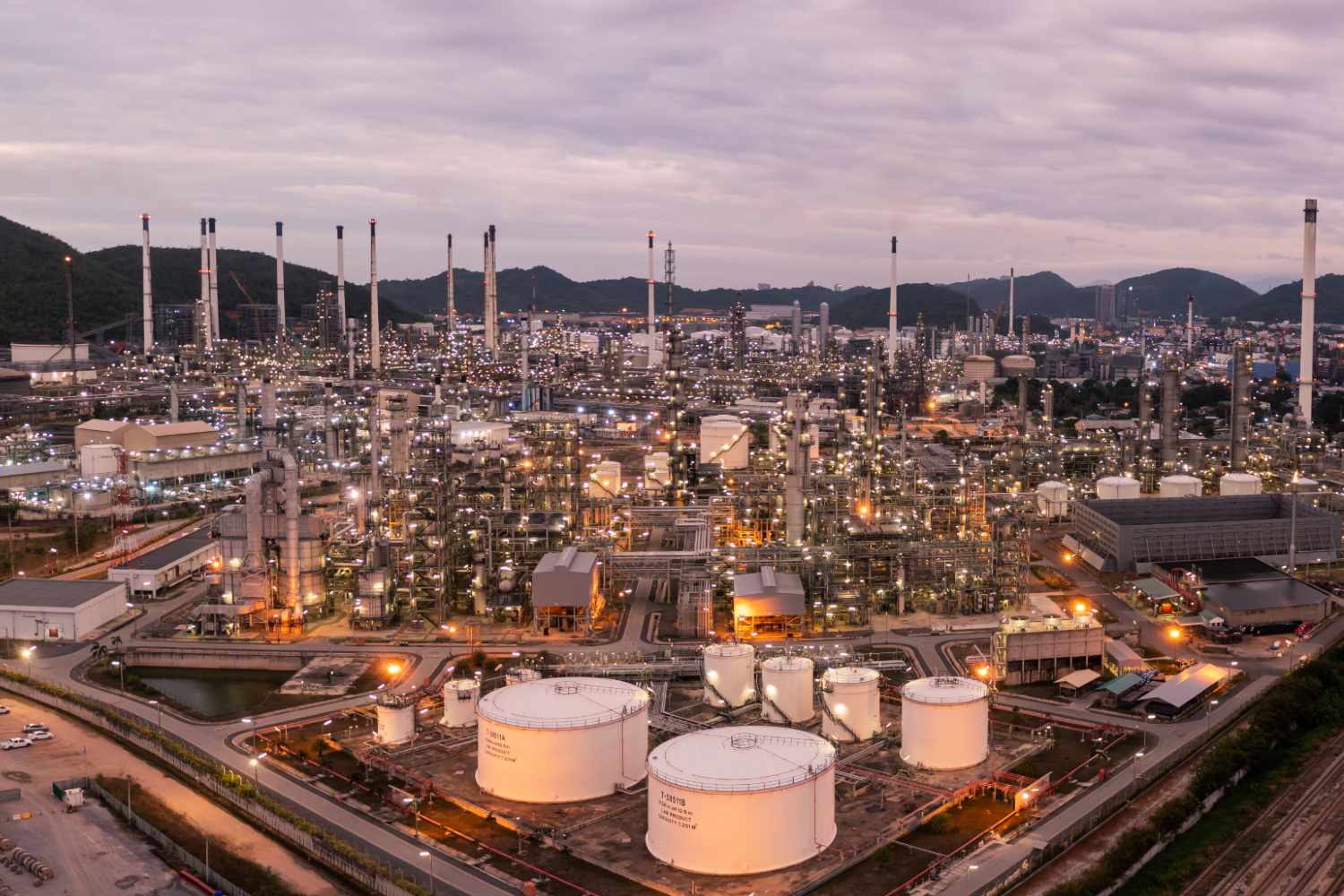Generation

SAMIA @4: Tanzania boasts of reliable power supply

TANZANIA has made commendable progress in meeting the country’s electricity needs with the completion of the 2,115-megawatt Julius Nyerere Hydroelectric Power Project (JNHPP), which now provides 1,880 megawatts to the national grid.
When President Samia Suluhu Hassan assumed office in 2021, the Julius Nyerere Hydroelectric Power Project (JNHPP) was only 33 per cent complete.
Driven by a steadfast commitment to advancing the late Dr John Magufuli’s vision, she has propelled the project to an impressive 99.80 per cent completion by mid-February this year.
This achievement brings Tanzania closer to realising its ambitious goal of generating 5,000 megawatts (MW) of electricity by the end of this year.
The national grid currently boasts a production capacity of 3,796.79 MW, marking a significant step forward in ensuring energy security and fostering economic transformation.
Chief Government Spokesperson Mr Gerson Msigwa, speaking recently at the JNHPP site on the border of the Coast and Morogoro regions, noted that eight turbines of the project are already operational, contributing 1,880 MW to the national grid.
Mr Msigwa, who also serves as the Permanent Secretary in the Ministry of Information, Arts, Culture and Sports, added that the final turbine is expected to begin trials between 25th February and 10th March this year. This will complete the full 2,115 MW and elevate the national grid’s electricity generation to 4,000 MW.
“The total cost of the JNHPP is 6.558tri/-, of which 6.230tri/-, representing 95.8 per cent, has already been paid to the contractor,” Mr Msigwa said.
In addition to the JNHPP, the government is implementing several other power projects to meet the ruling Chama Cha Mapinduzi (CCM) party’s pledge, made in the 2020-2025 election manifesto, to increase power generation to 5,000 MW by the end of 2025.
The National Five-Year Development Plan (FYDP III) (2021-2026) has also set this target. Key interventions outlined in the FYDP III to optimise the energy sector include strengthening the availability and reliability of electrical power through increased generation capacity, as well as enhancing transmission and distribution networks.
The plan also involves constructing and strengthening natural gas supply infrastructure for domestic, industrial and transport use, while promoting and developing renewable energy technologies (including biogas, geothermal, LPG, solar and wind energy), especially for rural households.
The FYDP III further aims to strengthen the sustainable use and management of oil and natural gas, develop renewable energy sources for cooking to combat climate change, and enhance petroleum exploration and development activities.
According to World Bank (WB) reports on the economic impacts of energy infrastructure projects, the reliable and increased power supply from the JNHPP is expected to drive significant economic growth.
A more consistent electricity supply will make Tanzania more attractive to foreign direct investment (FDI) in sectors such as manufacturing, mining and agriculture.
The reports indicate that the project will support industrialisation, create jobs, reduce energy costs and establish Tanzania as a key player in the regional energy market.
The WB also suggests that increased power generation capacity will likely lead to reduced energy costs for consumers and businesses, making Tanzanian industries more competitive in regional and global markets.
The WB estimates that a 10 per cent reduction in energy costs could result in a 2-3 per cent increase in GDP growth, as lower costs stimulate economic activity.
Industries currently hindered by power outages and unreliable supply will be able to operate at full capacity, boosting productivity and economic output.
The project is also expected to create thousands of jobs, both during the construction phase and in the long-term operation of the power plant. This increase in employment will have a multiplier effect on the economy, as more people will have disposable income to spend on goods and services, further stimulating economic activity.
In addition to meeting domestic energy needs, the JNHPP positions Tanzania as a potential exporter of electricity to neighbouring countries.
Tanzania is a member of the Southern African Power Pool (SAPP), a regional network that facilitates the trade of electricity among Southern African nations.
With the excess power generated by the JNHPP, Tanzania could become a significant player in the regional energy market, earning valuable foreign exchange and strengthening economic ties with its neighbours.
The country’s strategic geographical location and energy resources make it a key player in the regional energy market.
Mr Msigwa further revealed that the Ministry of Energy, through the Tanzania Electric Supply Company (TANESCO), has undergone significant transformations under President Samia’s leadership over the past four years. “As the backbone of the country’s electricity sub-sector, TANESCO has successfully improved services, increased power generation and strengthened the distribution of electricity across both urban and rural areas,” he said.
He noted that the government has completed several power projects, while others are still under development.
Mr Msigwa noted that the Chalinze substation, being built alongside the JNHPP, has reached 92 per cent completion.
The Regional Rusumo Falls Hydroelectric Project (RRFHP), which generates 80 MW, is 99.7 per cent complete, with Tanzania set to receive 27 MW, while Rwanda and Burundi will share the remaining capacity.
He also provided updates on other power generation projects, such as the Kinyerezi One Extension, which is 97.6 per cent complete and contributes 160 MW to the national grid.
The Malagarasi Power Project, which will generate 49.5 MW, has secured contractors and work is set to begin in March this year, with completion expected by October 2027.
Mr Msigwa further mentioned the Kakono Hydro Power Plant (HPP), which has a capacity of 87 MW and is currently in the procurement stage. The project is estimated to cost 724bn/-.
There is also ongoing work on a 150 MW solar energy project in Kishapu District, Shinyanga Region, which is 50 per cent complete.
“The geothermal power generation project in Ngozi, Mbeya, which will produce 70 MW, is currently at the rock drilling stage to verify geothermal energy reserves, aiming to begin electricity production soon,” he said. Mr Msigwa confirmed that the government is planning to sell electricity to neighbouring countries facing energy shortages.
“A recent Africa Energy Summit held in Dar es Salaam discussed the establishment of a common market to facilitate electricity trade between countries. We are building power lines to neighbouring countries to enable this,” he said. Projects to transport electricity from Tanzania to neighbouring countries, including Zambia and Kenya, are also underway, with connections to both the northern and southern grids.
He noted that the 624-kilometre power transmission line from Tanzania to Zambia, with a 400-kilovolt (kV) capacity, is currently 34 per cent complete. In terms of regional grid connections, Mr Msigwa said that Tanzania has successfully connected to Kenya through the Legumul substation in Arusha.
As a member of the Eastern Africa Power Pool (EAPP), Tanzania now has the capacity to both sell and purchase electricity within the region.
Several projects are ongoing to connect regions within Tanzania to the national grid. One such project is the 32 kV transmission line from Tabora to Katavi through Ipole and Iyonga, which is 92 per cent complete and has cost 164.64 billion shillings.
Another major project is the construction of a 220 kV electricity transmission line from Songea to Tunduru, with a length of 214 kilometres.
The Tunduru substation, which is 51 per cent complete, is expected to be finished by September this year. “We are also constructing a 220 kV electricity transmission line from Songea to Tunduru. This is significant, as these areas have been relying on generators,” he explained.
Mr Msigwa also mentioned the ongoing efforts to address the country’s electricity challenges, including the launch of the ‘Grid Imara’ project, a 4tri/- initiative aimed at upgrading the electricity infrastructure.




